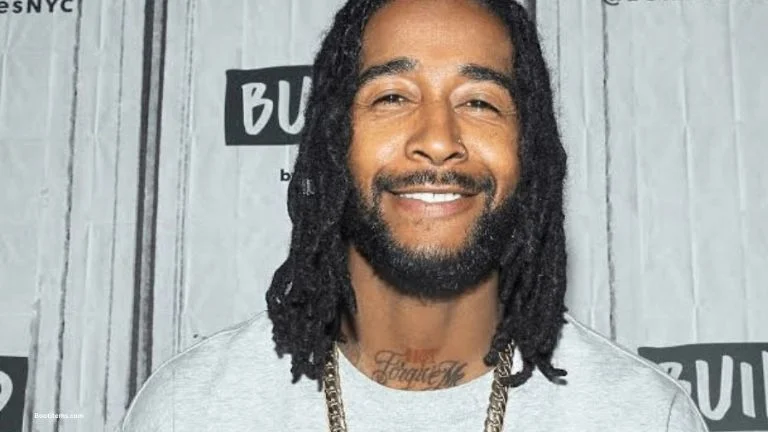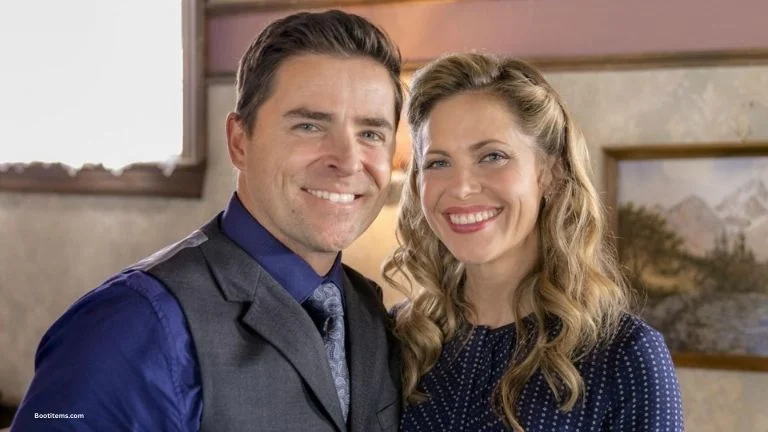TV Recap Sequences: The Art of Story Continuity & Engagement
Television recap sequences represent one of the most sophisticated storytelling devices in modern entertainment media. These carefully crafted segments serve multiple purposes in the viewing experience while continuously evolving to meet changing audience needs and consumption patterns.
Historical Development
The evolution of recap sequences traces back to the early days of television serialization. Initially developed as simple reminders of previous events, these segments transformed into complex narrative tools that shape viewer understanding and engagement. During the 1950s and 1960s, recaps were primarily utilized in soap operas, where daily episodes required consistent viewer awareness of ongoing plotlines. As television programming grew more sophisticated through the 1970s and 1980s, recap sequences became increasingly prevalent across various genres.
Structural Components
Narrative Elements
The foundation of an effective recap sequence lies in its ability to distill complex storylines into digestible segments. These segments typically incorporate multiple storytelling elements that work in harmony to refresh viewer memory and set up forthcoming developments. The voice-over narration, often beginning with the iconic phrase “Previously on,” serves as a cognitive trigger for viewers, preparing them mentally for the story continuation.
Technical Composition
Modern recap sequences employ sophisticated editing techniques that maximize information delivery while maintaining viewer interest. The typical structure includes:
- Opening narrative hook
- Key plot point selection
- Character development highlights
- Thematic element integration
- Transitional devices
- Audio enhancement techniques
- Visual continuity elements
Production Methodology
The creation of recap sequences involves a detailed understanding of both narrative structure and technical execution. Production teams must consider multiple factors when assembling these crucial segments:
Pre-Production Planning
The process begins well before editing, with careful consideration of:
- Story arc progression
- Character development tracking
- Theme reinforcement
- Audience retention patterns
- Episode pacing requirements
Editorial Decisions
Editors must make critical choices regarding:
- Scene selection criteria
- Timing and pacing
- Audio integration
- Visual flow
- Narrative clarity
- Emotional impact
Genre-Specific Applications
Different television genres utilize recap sequences in unique ways to serve their particular storytelling needs:
Drama Series
Complex dramatic narratives often require detailed recaps to maintain viewer engagement with intricate plotlines. These sequences focus on character relationships, plot developments, and emotional resonance.
Crime Shows
Recap sequences in crime series typically emphasize:
- Case details
- Suspect information
- Evidence progression
- Investigation milestones
- Character dynamics
Science Fiction
Science fiction shows often use recaps to reinforce:
- World-building elements
- Technology concepts
- Character abilities
- Plot complexities
- Timeline maintenance
Reality Television
Reality show recaps focus on:
- Interpersonal conflicts
- Competition developments
- Key dramatic moments
- Participant progression
- Elimination sequences

Psychological Impact
The psychological effectiveness of recap sequences extends beyond simple memory refreshment. These segments actively engage viewers’ cognitive processes through:
Memory Enhancement
Recap sequences activate both short-term and long-term memory processes, helping viewers:
- Reconstruct previous events
- Connect narrative threads
- Anticipate future developments
- Process complex information
- Maintain emotional investment
Viewer Engagement
The psychological engagement created by recaps includes:
- Emotional reconnection
- Narrative anticipation
- Character investment
- Plot comprehension
- Viewing motivation
Modern Evolution
Contemporary television production has witnessed significant changes in recap sequence implementation:
Streaming Impact
The rise of streaming platforms has influenced recap usage through:
- Binge-watching considerations
- Platform-specific adaptations
- Viewer control options
- Content accessibility
- Engagement patterns
Technical Advancement
Modern production techniques have enhanced recap capabilities through:
- Advanced editing software
- Digital effects integration
- Audio enhancement
- Visual optimization
- Interactive elements
Future Developments
The future of recap sequences continues to evolve with emerging technologies and viewing habits:
Technological Integration
Emerging technologies affecting recap development include:
- Artificial intelligence editing
- Virtual reality applications
- Interactive components
- Personalization options
- Cross-platform integration
Viewing Experience Enhancement
Future developments focus on:
- Customizable recap options
- Variable length sequences
- Interactive elements
- Multi-platform accessibility
- Personalized content selection
Production Considerations
The creation of effective recap sequences requires careful attention to various production elements:
Resource Allocation
Production teams must balance:
- Budget constraints
- Time management
- Staff resources
- Technical requirements
- Quality standards
Quality Control
Maintaining high standards involves:
- Technical excellence
- Narrative clarity
- Emotional impact
- Viewer engagement
- Brand consistency
Industry Impact
The influence of recap sequences extends throughout the television industry:
Commercial Considerations
The business impact includes:
- Production efficiency
- Budget optimization
- Audience retention
- Marketing opportunities
- Brand development
Creative Innovation
Industry developments drive:
- Storytelling evolution
- Technical advancement
- Viewer engagement
- Content optimization
- Format innovation
Audience Response
Understanding viewer reaction to recap sequences helps shape their continued development:
Viewing Patterns
Analysis of audience behavior reveals:
- Engagement levels
- Retention rates
- Comprehension patterns
- Emotional responses
- Platform preferences
Feedback Integration
Audience response influences:
- Content selection
- Format adaptation
- Technical refinement
- Narrative approach
- Production decisions
Practical Applications
The implementation of recap sequences varies across different production environments:
Production Environments
Different production contexts require specific approaches:
- Network television
- Cable programming
- Streaming platforms
- Web series
- International markets
Format Adaptation
Recap sequences adapt to:
- Episode length
- Series structure
- Platform requirements
- Audience expectations
- Technical constraints
The comprehensive understanding and implementation of recap sequences continue to shape television production and viewer experience. As the industry evolves, these essential narrative tools adapt and transform, maintaining their crucial role in storytelling while embracing new technologies and viewing patterns. Their influence extends beyond simple plot reminders, creating deeper engagement and enhanced viewing experiences across all forms of episodic content.

Samantha Yates is a creative writer and journalist with expertise in content creation and editing. She holds an MA in Creative Writing and brings professional experience from Lionbridge, where she developed engaging content for leading technology companies







